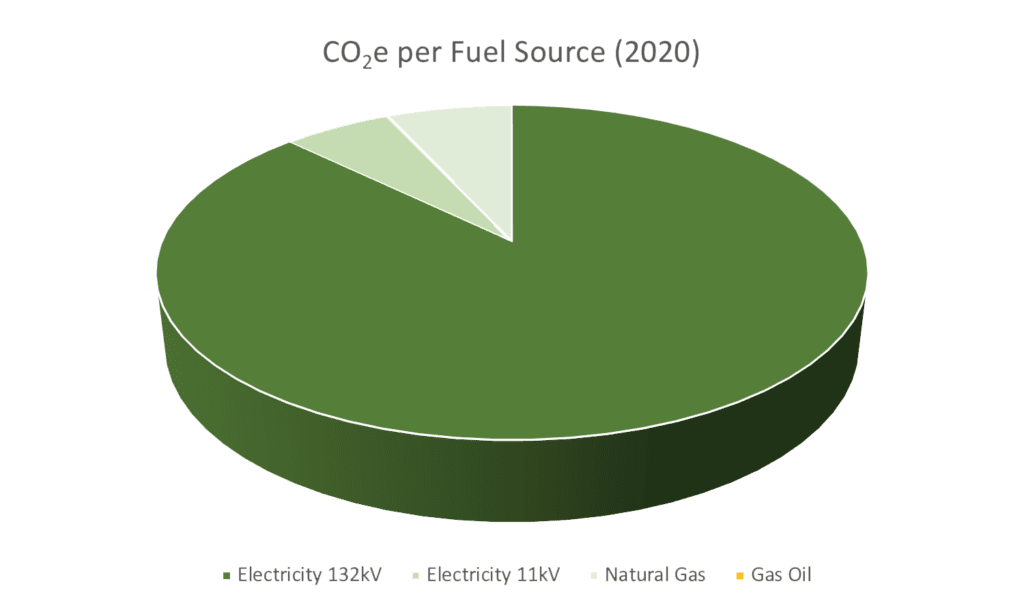Sustainability

ARA Carbon Net Zero & Sustainability Outline for 2030
1. RATIONAL
In 2021 BAE Systems joined the United Nations ‘Race to Zero’ campaign, committing to achieving net-zero greenhouse gas emissions across all operations by 2030 and across the supply chain by 2050. Due to ARA’s close alignment with BAE Systems, our company is also committed to achieving carbon net zero by the end of the decade. This report outlines a list of projects on how ARA can reduce its net carbon emissions to zero by 2030.
The 3 key stages that ARA must follow to achieving CNZ (Carbon Net Zero) are:
- First identify the amount of carbon emissions produced on site. An initial investigation on this has already been conducted.
- Reduce the levels of CO2e produced by ARA. This will involve reducing the amount of energy used at ARA on both of its electrical and gas supplies. A reduction in the CO2e produced due to the operation of company vehicles should also be considered.
- Offset the remaining CO2e should this exist. The final stage of this plan will be to recalculate ARA’s carbon output and to consider the use of either investing in carbon offset projects or ensuring any energy delivered to site is produced from zero carbon means.
2. CHALLENGES
In 2020, ARA produced 4,480 tons of CO2 emissions with a similar figure of 3,980 tons of CO2e in 2019. To ensure the Association is able to achieve CNZ, it is often common practise to allow for a 10% buffer of the total CO2e produced. As a result, ARA should aim to reduce or offset is carbon emissions by approximately 5,000 tons per year. The below Pie Chart shows a breakdown of the CO2e produced by ARA in 2020. It is clear from the chart that the vast majority of emissions are produced due to the energy consumed on the 132kV supply. This includes the running of heavy machinery and includes both Transonic Wind Tunnel (TWT) fan motors (AC & DC) as well as the AC motor used to drive the Auxiliary Suction Compressor. The 11kV supply and gas boilers are predominantly used to fuel the offices, however some aspects of plant are powered off the local 11kV supply and are also heated using the gas central heating system. Combined these supplies’ make up 11% of ARA’s CO2e. Diesel used for powering company vehicles, designated here as Gas Oil, makes up just 0.013% of ARA’s annual carbon emissions.


